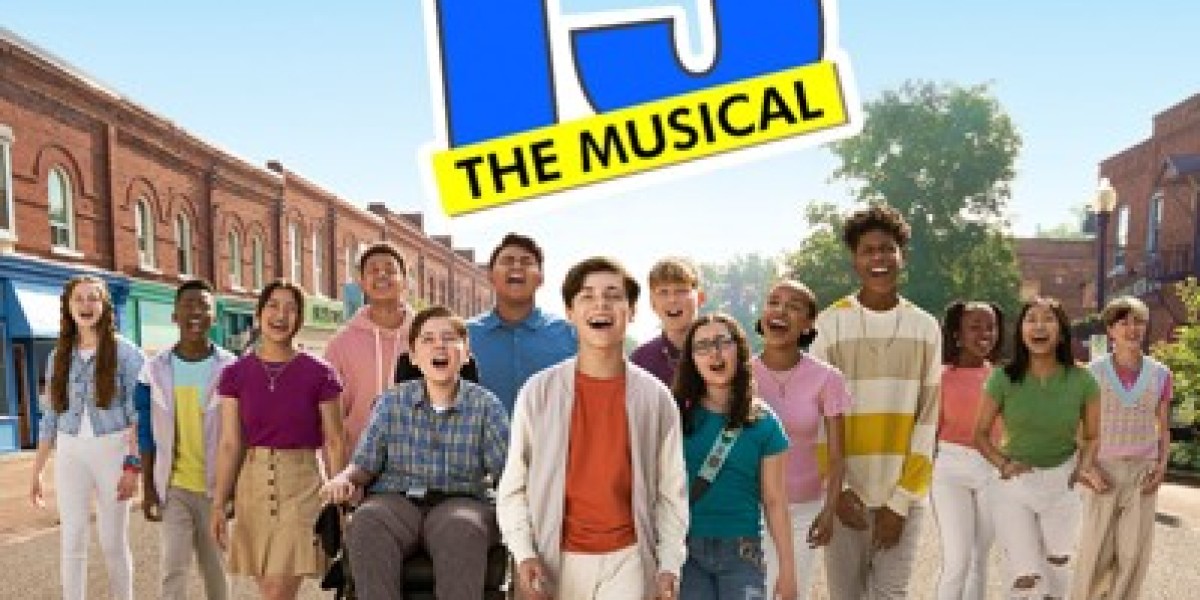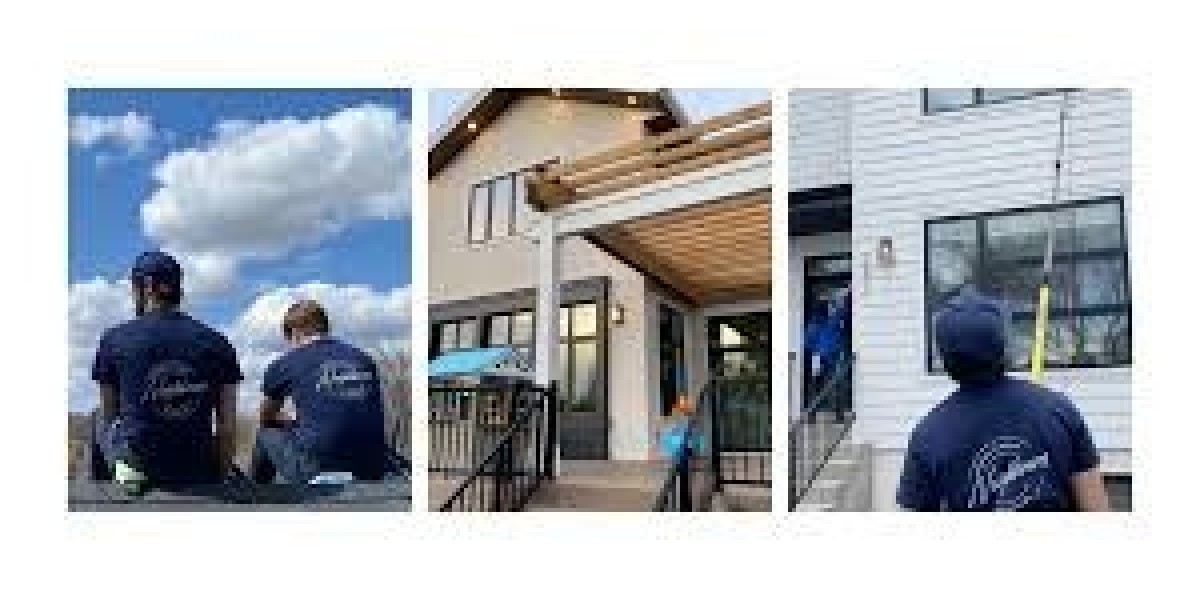Berkeley has long been recognized as a city where creativity flourishes, where academic excellence blends with grassroots artistry, and where community life is enriched by a thriving culture of innovation. Nestled along the eastern shore of the San Francisco Bay, the city pulses with energy that comes not only from its historic university but also from the many cultural and artistic spaces that have taken root over decades. The spirit of Berkeley has always been one of openness, experimentation, and collaboration, and this is reflected in the many places that nurture music, art, performance, and design.
A walk through Berkeley immediately reveals the interplay of tradition and progress. Murals brighten alleyways, small performance venues host emerging talent, and workshops bring together artisans and curious learners. It is not a surprise that this city continues to attract those who are passionate about shaping culture and exploring the boundaries of creative work. While technology and activism are essential components of Berkeley’s identity, its artistic pulse is equally powerful and deserves recognition.
The Legacy of Creative Communities
The cultural reputation of Berkeley began to solidify during the mid-20th century, when artists, writers, and musicians converged in the city to seek inspiration from its progressive atmosphere. Music cafés became gathering points for folk singers, theaters opened their doors to experimental plays, and visual artists shared their craft with supportive audiences. Many of the values that defined that era—freedom of expression, inclusivity, and collective action—remain visible today.
Local organizations and collectives formed to provide platforms for emerging creators. These collectives often emphasized community over competition, offering mentorship and collaboration rather than isolation. Over time, the result was a robust network of interconnected artists, each drawing from the inspiration of their peers. This tradition continues in contemporary Berkeley, where art remains an essential way for people to communicate ideas, question assumptions, and celebrate diversity.
Spaces for Performance
Performance has always been at the heart of Berkeley’s culture. The city is home to multiple theaters that bring together professional actors, independent playwrights, and enthusiastic audiences. Some of these venues are historic, preserving the character of decades past, while others have emerged more recently with innovative designs and approaches. Theater productions range from classical works to modern explorations of identity and society, ensuring that there is always something to captivate an audience.
Music also thrives here. Jazz clubs, experimental sound stages, and intimate concert halls provide a stage for both established musicians and those just beginning to find their voice. The diversity of the musical landscape reflects Berkeley’s inclusive spirit—every genre, from traditional folk to electronic fusion, finds its place in the city. These performances are not merely entertainment but communal experiences that invite listeners to connect with the artist and with one another.
Visual Arts and Exhibitions
Berkeley also boasts a strong tradition in the visual arts. Galleries large and small are scattered throughout the city, many of them emphasizing accessibility and community involvement. In these spaces, one might find paintings, sculpture, photography, and mixed-media work created by artists who draw inspiration from the Bay Area’s unique social and natural environment.
Several institutions dedicate themselves to fostering the growth of emerging artists, providing exhibitions that highlight diverse perspectives and experimental methods. Art walks and open studios in berkeley allow residents and visitors to engage directly with creators, asking questions, learning techniques, and gaining insight into artistic processes. This culture of openness makes the visual arts scene approachable while still maintaining depth and sophistication.
Workshops and Maker Culture
Beyond performance and gallery exhibitions, Berkeley is also known for its workshops and maker spaces. These are places where ideas take physical form, whether through woodworking, ceramics, metalworking, or digital fabrication. The maker culture aligns seamlessly with the city’s experimental spirit, giving individuals the freedom to explore how creativity and technology intersect.
Workshops are often collaborative environments, where those with years of experience work alongside complete beginners. This blend of knowledge and curiosity fuels innovation and ensures that the maker movement remains vibrant. The city’s emphasis on sustainability also influences these creative spaces, with many workshops incorporating recycled materials, eco-friendly processes, and an ethos of responsible creation.
Dance and Movement
Dance holds a special place within Berkeley’s artistic community. Studios dedicated to movement welcome people of all ages and backgrounds, offering styles that range from ballet and modern dance to hip-hop and cultural traditions from around the world. Performances frequently emerge from these spaces, highlighting both technical excellence and the joy of self-expression.
Movement is not confined to formal stages; community events, festivals, and spontaneous gatherings often incorporate dance as a way to celebrate and connect. In this sense, dance in Berkeley is not only about technique but also about building relationships and honoring heritage.
Community and Collaboration
What makes Berkeley’s creative energy unique is its emphasis on community. The city does not simply host artistic activity; it actively nurtures it. Community centers, public libraries, and neighborhood associations often collaborate with artists to bring creativity into shared spaces. Public art projects, ranging from murals to installations in parks, reinforce the idea that artistic expression is a collective good meant to be enjoyed by all.
Collaboration is also evident in cross-disciplinary projects. Musicians might partner with visual artists to create immersive performances, or theater groups might incorporate multimedia design to enhance storytelling. This willingness to break down boundaries between art forms reflects Berkeley’s larger ethos of innovation and openness.
A City of Inspiration
Every aspect of Berkeley contributes to its reputation as a hub for creativity. The natural beauty of the Bay Area, with its rolling hills and expansive views, provides daily inspiration for artists and dreamers. The presence of the University of California, Berkeley, adds an intellectual dimension, fostering dialogue between academic research and artistic exploration. The city’s progressive values create a welcoming environment where diverse voices are celebrated and where art can serve as a catalyst for social change.
In many ways, Berkeley represents the idea that art is not separate from daily life but interwoven with it. Creativity is visible on the streets, in public spaces, in the classrooms, and in the homes of residents who believe in the power of expression. This holistic approach ensures that the city continues to attract those who see art not just as a career but as a way of living.
Studios in Berkeley
Among the most significant contributors to this creative atmosphere are the many studios in Berkeley. These spaces are where vision transforms into reality, where artists rehearse, design, craft, and explore. They provide not only the practical infrastructure needed for artistic work but also the supportive communities that sustain it. Studios are scattered throughout the city, some specializing in visual arts, others in music or dance, and many embracing interdisciplinary collaboration.
Each studio carries its own personality—some are intimate and quiet, perfect for reflection and detailed work, while others are vibrant and bustling, filled with the sounds of collaboration and experimentation. Regardless of their focus, these studios embody the essence of Berkeley’s creative spirit: a commitment to openness, exploration, and community.
Conclusion
Berkeley stands as a city where creativity is both celebrated and cultivated. Its theaters, galleries, workshops, and studios weave together to form a cultural fabric that is as diverse as it is dynamic. More than just physical spaces, these venues represent the values of collaboration, inclusion, and curiosity. In Berkeley, art is not confined to elite circles; it belongs to the community, enriching lives and inspiring future generations.
For artists, performers, and makers, the city offers not just opportunities but a way of life. For residents and visitors alike, Berkeley provides a chance to engage with creativity in meaningful ways. The result is a city that continues to thrive as a beacon of artistic energy, reminding us that imagination and expression are vital parts of human experience.







